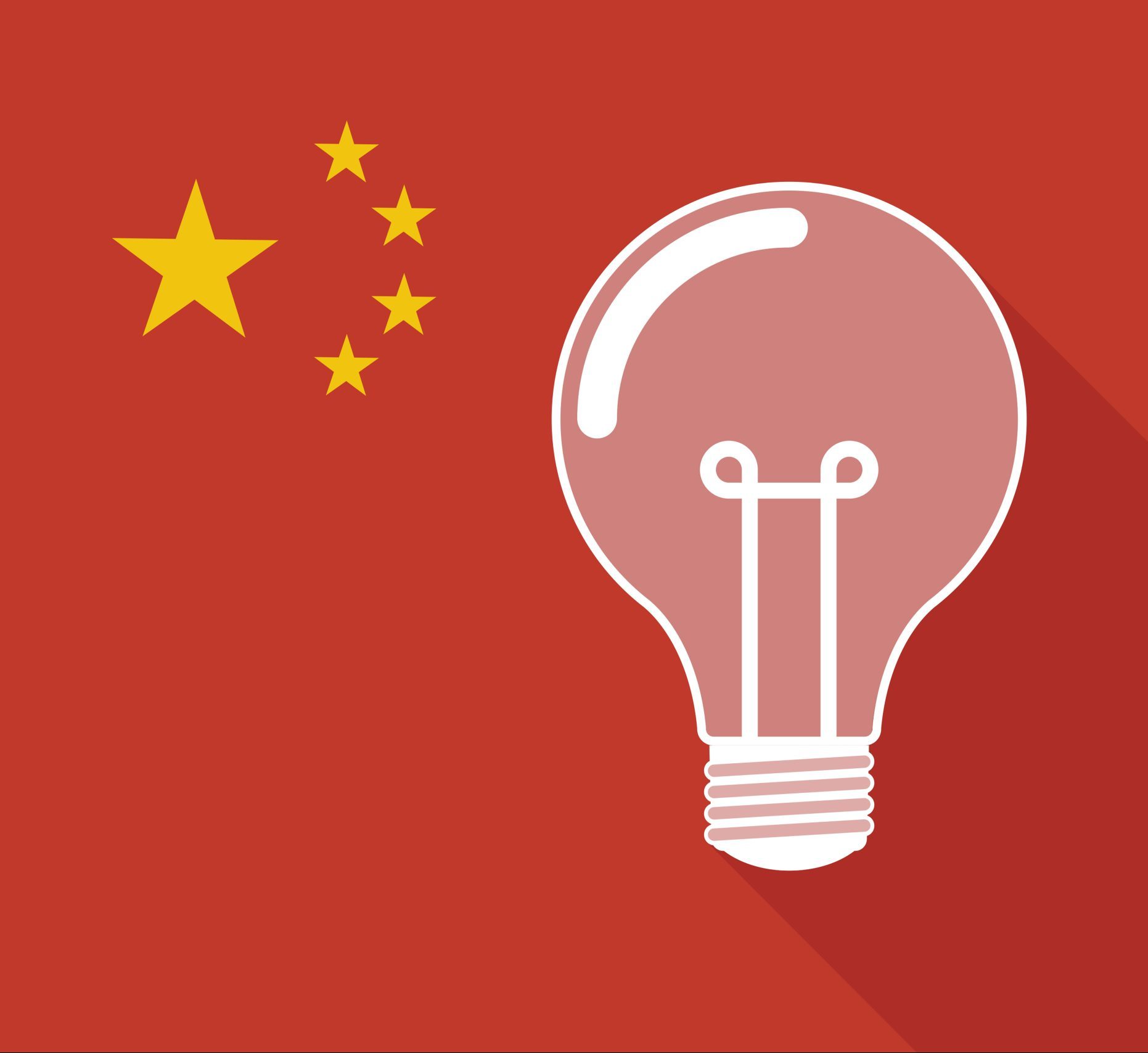“Some of these changes bring Chinese patent practice closer to the international practice, [while] some make the Chinese patent system more transparent and equitable.”
 Recently, amendments to the Implementing Regulations of the Chinese Patent Law were issued and will take effect from January 20, 2024. The Regulations align with the revisions made to the Patent Law in 2020 and provide further guidance. The main changes to the new Regulations, as compared with the 2010 version of the Regulations, can be summarized as follows.
Recently, amendments to the Implementing Regulations of the Chinese Patent Law were issued and will take effect from January 20, 2024. The Regulations align with the revisions made to the Patent Law in 2020 and provide further guidance. The main changes to the new Regulations, as compared with the 2010 version of the Regulations, can be summarized as follows.
1. Closer Alignment with the International Regime under the Patent Cooperation Treaty (PCT)
1.1 Incorporation by reference
A provision has been added on supplementing missing or incorrect parts of the claims or specifications of an invention or utility model patent application by invoking prior applications identified in the priority claim, allowing applicants to supplement the application within two months from the filing date while retaining the initial filing date as the application date.
1.2 Restoration of priority rights
Another provision was introduced allowing restoration of priority rights for invention or utility model patent applications if the applicant, for good cause, exceeds the priority deadline. The request for restoration can be made within two months from the deadline.
In respect of restoration of priority in a PCT application, if a priority right is restored during the international phase, when the PCT enters the national stage it would be considered that the request for priority restoration has been filed at the national stage, and it will be re-examined by the China National Intellectual Property Administration (CNIPA). According to the CNIPA’s Patent Examination Guidelines, which were also recently amended, the CNIPA’s examination will be more of a formal one in practice in this scenario, which means the CNIPA will normally follow a receiving office’s decision in restoring a priority right that has been made in the international stage.
If a request for priority restoration is not made during the international phase or if it is made but not approved, the applicant may request restoration with the CNIPA within two months from entry into the national phase.
2. Implementation of the Hague Agreement
An international design application that designates China in accordance with the Hague Agreement will be deemed as a design patent application filed in China upon its registration at the international stage, and the international registration date will be deemed as the application date of the application in China. At the national stage, the application will be examined by the CNIPA independent from the international phase.
3. Good Faith Principle
The good faith principle is provided in the Regulations in respect of applicants’ behaviors in the patent prosecution process and also extended to patent owners’ dealing in the open patent license process, which basically prohibits patent applicants or patent owners from making false or fraudulent representations in acquiring patents or in obtaining any open-license based annuity reduction. And an administrative penalty clause is provided for any violation of good faith, which could be a warning and a potential fine up to RMB 100,000.
4. Increased Due Process and Transparency
As per the Regulations, there will be additional disclosure of patent data by CNIPA, such as information about de-classification of national defense patent (application)s or otherwise classified patent (application)s, patent term compensation, open license, and so on.
Additionally, where a patent is affirmed on amended claims in invalidation proceedings, the amended claims will be published by the CNIPA, which will put the public on notice of the change.
Moreover, a heightened notice requirement is imposed upon CNIPA in the foreign filing license review procedure. Before an applicant files a patent application abroad for a China-originated invention, the applicant must request that CNIPA institute a so-called “confidentiality review” on the proposed application in the first instance. The 2010 version of the Regulations included a rule that a foreign filing license would be deemed to be approved if the applicant was not notified of any contrary decision from the CNIPA within specified time periods. Now, however, it is made explicit that the applicant must be notified in due course of CNIPA’s decisions on whether a confidentiality review procedure is instituted and what confidentiality decision has been made, etc., replacing the previous “deemed approval” rule.
5. Partial Design Patents
The Regulations clarify that applications for partial design patents can be made using a combination of solid and dotted lines, for example, to define the parts that are sought for protection and the parts that are not.
6. New Drug Patents
The Regulations provide three types of new drug patents, which are patents for new drug products, process of manufacture, and new pharmaceutical use.
Patent term extension may be granted to new drug patents to mitigate the time delay incurred in the drug marketing approval process, subject to satisfaction of the conditions newly introduced by the Regulations. The scope of the patent during the extended term would be limited to the approved drug product and symptoms.
7. Expansion of Priority Basis for Design Patent Applications
As per the Regulations, design patent applicants can now claim benefit of their earlier filings of an invention or utility model patent application in China for priority rights. And the earlier application would not be deemed withdrawn when the claim is made as is the case with other national priority claims.
8. Patent Evaluation Report
The Regulations expand the scope of subjects who are eligible to request that CNIPA provide a patent evaluation report from patentees and interested parties to include alleged patent infringers and patent applicants whose applications have been allowed by the CNIPA.
9. Delivery of Electronic Service
When a document is served by the CNIPA in electronic form, the date of service is the date when the document arrives in a recognized electronic system.
The Regulations have made many notable changes to the Chinese patent landscape; the above-mentioned are just some highlights. Some of the major changes bring Chinese patent practice closer to the international practice, such as the introduction of incorporation by reference rule, the restoration of priority rule, implementation of Hague Agreement; and some make the Chinese patent system more transparent and equitable, such as the strengthened disclosure and notice requirements and the good faith principle. While some of the changes are still very preliminary and modest, the amendments still signal a step forward.
Image Source: Deposit Photos
Vector ID:76008441
Copyright:jpgon

![[IPWatchdog Logo]](https://ipwatchdog.com/wp-content/themes/IPWatchdog%20-%202023/assets/images/temp/logo-small@2x.png)

![[Advertisement]](https://ipwatchdog.com/wp-content/uploads/2024/04/UnitedLex-May-2-2024-sidebar-700x500-1.jpg)
![[Advertisement]](https://ipwatchdog.com/wp-content/uploads/2024/04/Artificial-Intelligence-2024-REPLAY-sidebar-700x500-corrected.jpg)
![[Advertisement]](https://ipwatchdog.com/wp-content/uploads/2024/04/Patent-Litigation-Masters-2024-sidebar-700x500-1.jpg)

![[Advertisement]](https://ipwatchdog.com/wp-content/uploads/2021/12/WEBINAR-336-x-280-px.png)
![[Advertisement]](https://ipwatchdog.com/wp-content/uploads/2021/12/2021-Patent-Practice-on-Demand-recorded-Feb-2021-336-x-280.jpg)
![[Advertisement]](https://ipwatchdog.com/wp-content/uploads/2021/12/Ad-4-The-Invent-Patent-System™.png)






Join the Discussion
No comments yet.